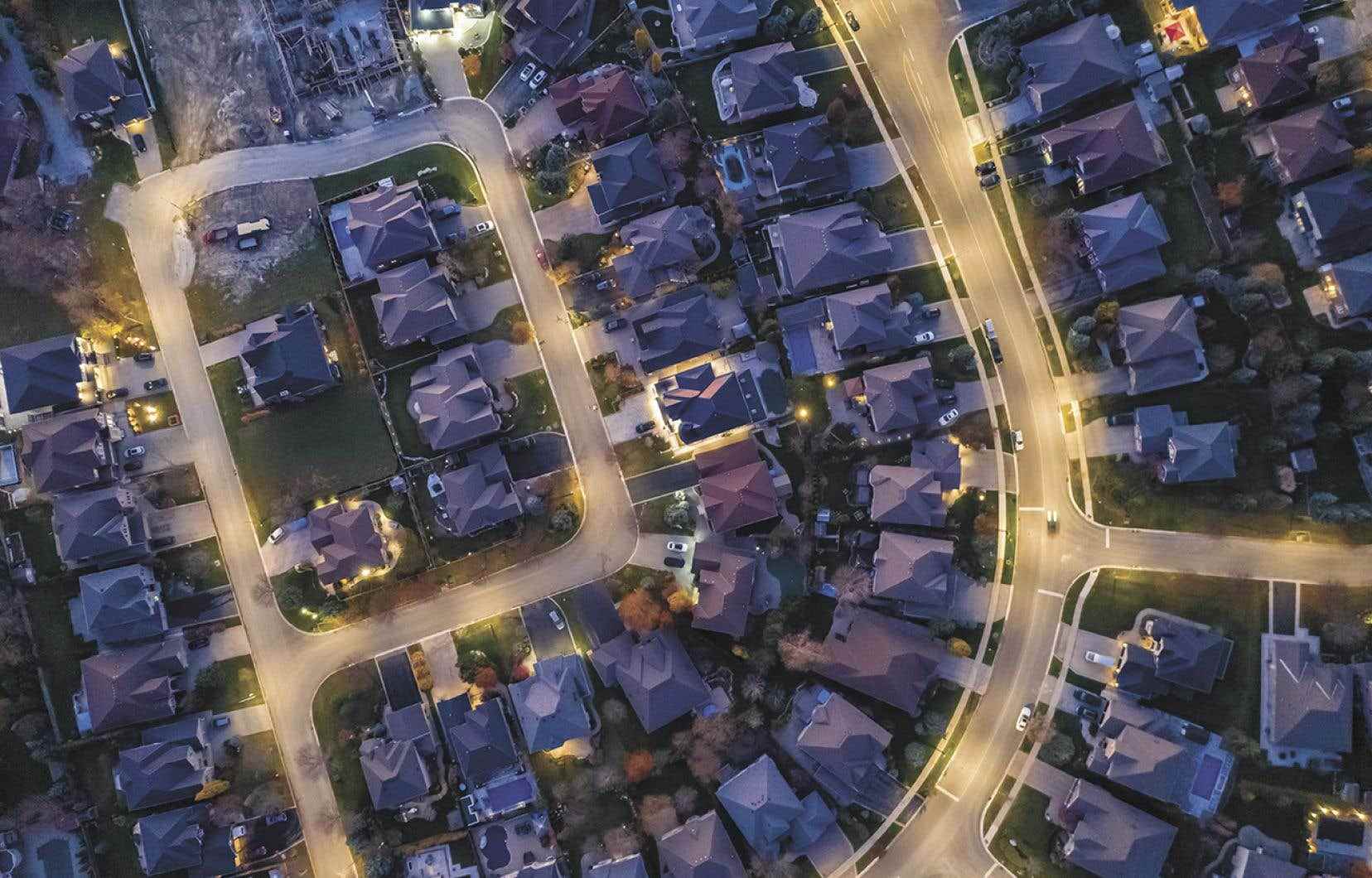While climate, energy and environmental issues occupy the top ranks of our priorities, Hilo, a subsidiary of Hydro-Québec, is offering the population a collective project – the technology of the virtual power plant – which makes it possible to optimize their consumption. of electricity via a user-friendly app. A participatory way to fight energy waste at the source, one house at a time.
Over the past two years, Quebecers have been able to discover the operation and advantages of the Hilo solution, a home automation service for managing electrical energy based on the latest advances in artificial intelligence. The ultimate objective of this initiative: to get the population to get involved in an innovative solution that concretely participates in building a green and sustainable energy future for Quebec.
Major environmental and economic benefits By focusing on optimized management of electricity consumption, Hilo allows Hydro-Québec to limit the construction and maintenance of infrastructure such as dams, transmission lines and distribution stations. This improved energy management will generate wealth for Quebec and support its energy transition and electrification. It is estimated that, by 2028, Quebec’s collective virtual power plant should move as much electricity as La Romaine-2, or more than 600 megawatts, which is equivalent to the electricity demand of 114,000 households. The more Hilo smart homes there are, the less waste there will be and the greater the environmental impact. And the concrete benefits will be both individual and collective. The emergence of a new technology The virtual power plant makes it possible to manage groups of houses and buildings equipped with devices and software that perform the management and modulation of electricity consumption. Thanks to this technology, we can anticipate and control the energy consumption of connected devices to meet the needs of the electricity network in real time, especially at peak times during periods of extreme cold.
“Electricity production, whether from dams, wind turbines or solar panels, must at all times be equal to demand across the entire network to ensure infrastructure stability,” explains David Saint-Germain, Vice President, Technologies, at Hilo. To maintain this balance, when demand exceeds supply, virtual power plants can be counted on as one of the available solutions. »
How does a virtual power plant work, exactly?
In concrete terms, each virtual power plant operates through a cloud computing system. “The plant receives an order from Hydro-Québec – for example, to reduce consumption at a specific time based on a determined curve – then it sends a series of commands to connected devices, continues David Saint-Germain. This ensures that each device that can receive instructions from Hilo helps the network. The setpoint temperature of our thermostats can thus be reduced to avoid consuming too much energy at a time of high demand without reducing our comfort. For an instant boost, we can even use the batteries of our electric vehicles! »
Democratize access to the smart home Want to contribute to the collective effort to reduce Quebec’s energy footprint? The intuitive Hilo application allows participants to remotely manage the connected devices – thermostats, outlets, light bulbs, dimmers, switches – that are installed in their residence with their smartphone. Those with a compatible voice assistant (Google or Alexa) can even control their devices with their voice. The parameters of each device or appliance can be adjusted in advance or live to optimize electricity consumption. Thus, we could decide to automatically activate certain switches at a specific time or even program the temperature of thermostats downwards when we are away from home.
Collectively tackling energy challenges By adopting Hilo technology, participants agree to meet a number of challenges over a three-year period by reducing their energy consumption during peak periods. Challenges arise when electricity demand is at its peak and the network is under heavy load because a large number of customers are using power-hungry devices at the same time. After preheating the residences, the Hilo application then automatically performs a temporary reduction in the setpoint temperature of the connected thermostats. At the same time, the overall consumption of the home must be kept down by its occupants so as not to exceed the limit, for example by avoiding the operation of large household appliances for a given period.
“Customers who live in a Hilo smart home will be called upon to meet challenges up to 30 times a winter by lowering the set point of their thermostats by a few degrees during peak hours,” explains David Saint-Germain. To thank them for helping to reduce the demand for electricity – and the upward pressure on electricity rates for all Quebecers – Hilo is offering them cash rewards. These represented an average of $166 this year. »
By integrating responsible energy behaviors and meeting collective challenges while continuing to use the energy they need wisely, participants reduce their annual electricity bill and help preserve the environment.
Forward-looking technology It is clear that our society must abandon GHG-emitting fossil fuels to fight against climate change, and the recent IPCC report demonstrates, black and white, that there is an urgent need to act. The transition to electric mobility is unavoidable, but how to meet the increased demand for consumption of this type of energy? “With the system currently in place, we risk generating a new consumption peak if everyone recharges their car at the same time, slice David Saint-Germain. To avoid this situation, back-up technologies are essential to distribute consumption over time. The major electricity producers will all have to get started over the next few years. And that’s where Hydro-Québec, with its subsidiary Hilo, has a head start.
Building tomorrow’s energy intelligence together
This content was produced by Le Devoir’s special publications team in collaboration with the advertiser. Le Devoir’s editorial team had no role in the production of this content.
Learn more about Hilo
